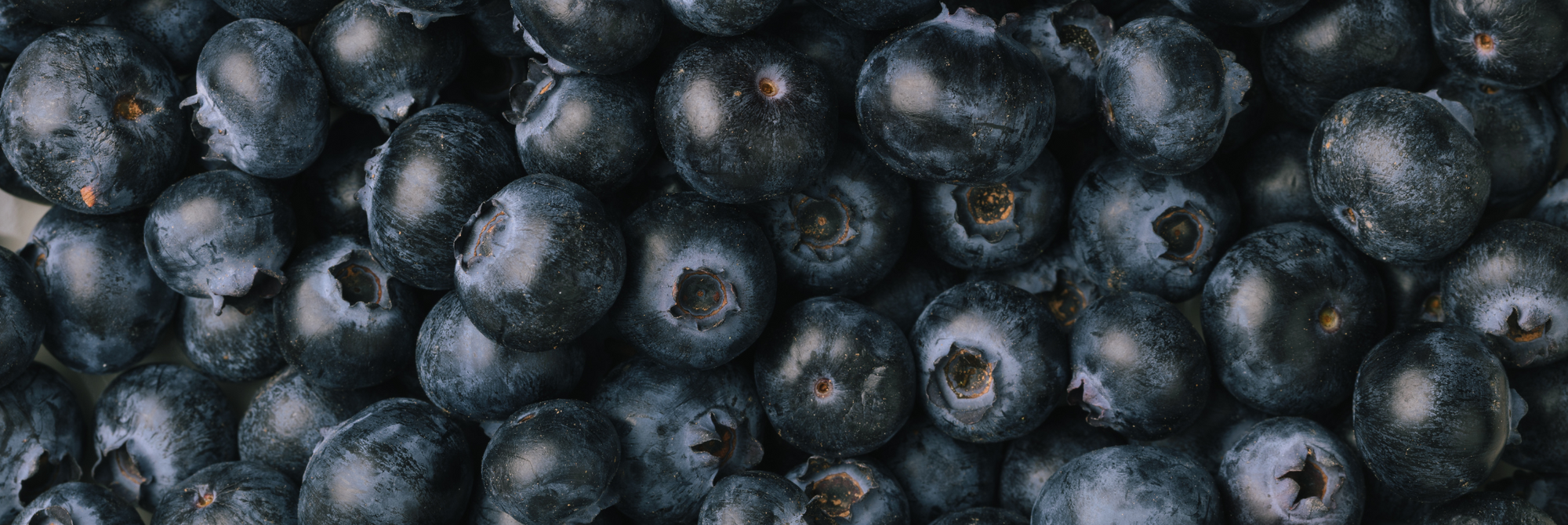Blood sugar refers to blood sugar levels, a crucial element for our daily energy, metabolic health, and mood. Energy dips after meals, irresistible sugar cravings, difficulty losing weight, irritability, or even decreased concentration can be linked to a blood sugar imbalance. This guide offers explanations on how it works, its impact on health, and solutions for effectively regulating it.
What is blood sugar?
Blood glucose (glucose) is the level of glucose (sugar) in the blood. This glucose comes from the carbohydrates we consume daily: fruits, cereals, bread, pasta, as well as sugary foods and drinks. It is the main source of energy for our brain and muscles.
The pancreas, the conductor of blood sugar
The pancreas plays a key role in regulating blood sugar levels through two main hormones:
- Insulin , which helps glucose enter cells to be used as energy or stored, thus reducing blood sugar levels;
- Glucagon , which releases glucose into the blood when needed, such as between meals, thus increasing blood sugar levels.
A perfect balance between these two hormones ensures optimal blood sugar management. However, imbalances , such as poor diet, stress, or hormonal disorders like PCOS, can lead to fluctuations in blood sugar.
What is a blood sugar spike?
A blood sugar spike occurs when blood sugar levels rise rapidly after a meal high in fast-acting carbohydrates (such as white bread, pastries, pasta, or fruit juice). This triggers a surge of insulin production from the pancreas to bring blood sugar levels back to normal. However, this sudden drop in blood sugar can lead to reactive hypoglycemia , with symptoms such as fatigue, irritability, and food cravings.
Glycemic index: why not all sugars are equal
The glycemic index (GI) is a tool that measures how quickly a food increases blood sugar levels after consumption. Some foods, such as those with a high GI , can cause a rapid rise in blood sugar, while those with a low GI promote a more gradual and steady rise.
- High GI foods : White bread, potatoes, puffed cereals. These foods are digested more quickly, which can lead to a rapid rise in blood sugar. This can be more pronounced if these foods are eaten alone, without other nutrients to slow absorption.
- Low GI foods : lentils, oatmeal, vegetables, chickpeas. They are digested more slowly, allowing for a more gradual and stable rise in blood sugar. They therefore offer better energy regulation, which can be beneficial in preventing post-meal energy slumps.
The goal is not to avoid certain carbohydrates, but rather to provide nutritional balance in food choices, in order to promote stable blood sugar levels throughout the day.
Hyperglycemia vs. Hypoglycemia: Understanding the Extremes
-
Hyperglycemia : A blood sugar level that is too high, often after a meal rich in fast carbohydrates or in cases of insulin resistance.
Symptoms : fatigue, headaches, excessive thirst, hormonal disorders. -
Hypoglycemia : A rapid drop in blood sugar levels, often after a blood sugar spike or prolonged fasting.
Symptoms : tremors, irritability, mental fog, urgent need to eat.
Why are sugar cravings so intense? And how can you curb them?
When blood sugar fluctuates significantly, the brain may interpret this instability as a lack of energy. This triggers physiological signals such as irresistible sugar cravings, sudden fatigue, and difficulty concentrating. This phenomenon is often linked to reactive hypoglycemia , which occurs after a significant spike in blood sugar.
How to stabilize blood sugar and limit cravings?
- Maintain regular meal times , especially in the morning, to avoid sudden drops in blood sugar.
- Include protein, fiber, and healthy fats (e.g., eggs, avocado, whole-grain bread) in every meal.
- Eat slowly , mindfully, to regulate the blood sugar response.
- Engage in light physical activity after meals , such as a 10- to 15-minute walk, to help muscles use glucose.
4 Common Mistakes That Cause Blood Sugar to Spike Without You Realizing It
-
A breakfast rich in fast sugars
Fruit juices, white toast, jams, and sugary cereals cause blood sugar to spike rapidly, followed by a drop. A balanced breakfast, with protein and fiber, helps stabilize blood sugar levels.
-
Consume fruit juices or smoothies regularly
Although perceived as healthy, these products often contain a lot of sugar and little fiber, which promotes rapid absorption of glucose.
-
Low-sugar or “light” products
These products are often high in sweeteners, which can disrupt blood sugar regulation despite their low sugar content.
-
Chronic stress
Stress increases the production of cortisol, a hormone that stimulates the release of glucose into the blood. As a result, blood sugar levels can rise even without food.
Understanding blood sugar and its impact on the body is essential for managing energy dips, sugar cravings, weight, and improving concentration. By adopting healthy eating habits and avoiding common mistakes, it's possible to maintain stable blood sugar levels and improve your daily well-being.



